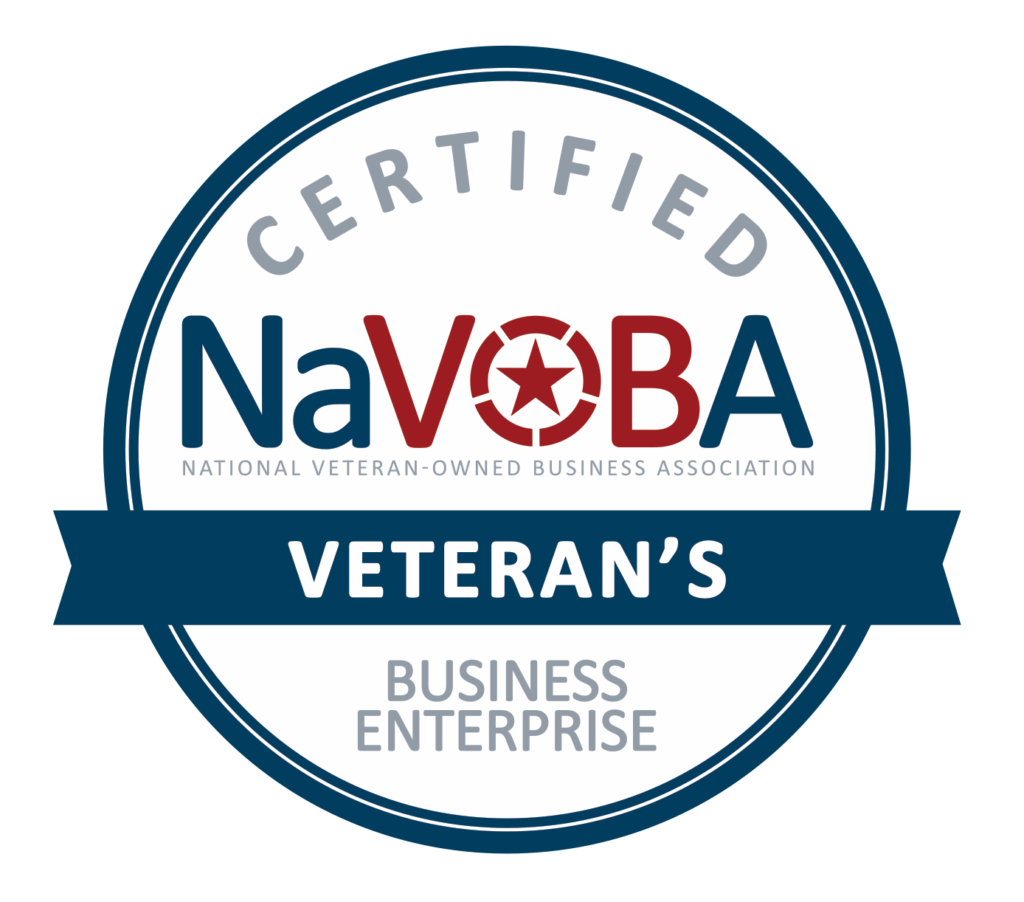
A closer look at a company’s operations reveals that its growth and establishment in the market is never a result of pure chance, but rather is the result of various forces working together successfully. Project and portfolio managers, as well as all employees and other stakeholders, are the invisible forces that operate in the background of each enterprise. Stakeholder and employee roles in today’s business world are well-established, but the distinction between project and project portfolio manager responsibilities is less well-understood and less well-known. In spite of their similarities, these two distinct roles represent very different aspects of project management, which drive very different operations. As a result, in order to better understand how a project manager and portfolio manager contribute to an organization, we first need to define their roles and responsibilities.
What is PM?
There are certain constraints on time, budget, and quality standards that a project manager must adhere to in order to successfully complete a given project. Coordinate and oversee all project activities, efforts, and processes to ensure a successful end result, which is a primary role of the project manager. Collaboration with project teams and stakeholders, task delegation, and project development monitoring are all part of a project manager’s responsibilities. They are in charge of determining the scope and goals of a project, as well as assigning responsibilities, formulating a timeline, and monitoring the project’s progress in relation to those goals.
The scope and goal of portfolio project management are much broader than those of individual projects. In contrast to project management, portfolio management focuses on the selection and successful implementation of the right projects for the company. An organization’s project portfolio manager has a broader perspective on all of the company’s ongoing endeavors. These people are responsible for evaluating all project performance, looking for ways to improve them, and determining how each project contributes to the company’s overall goals.
When an organization brings together projects that have a common goal of increasing their profit margin and overall return on investment, this is an example of project portfolio management in action. For the question “What is ppm?”, the answer should be a process that is designed to improve an organization’s growth and execution.
So as a result of this, project portfolio management is an approach to managing an organization’s project portfolio in a centralized manner. Each project’s risks and benefits are ranked and evaluated as part of this process. At this point, projects must be monitored frequently and, if necessary, coordinated on a case-by-case basis. Despite the fact that the line between project and portfolio management is frequently blurred, there is a distinct difference between the two disciplines. When it comes to project management, a project manager is concerned with the success of one project while an organization’s portfolio manager is concerned with all of its projects working together to achieve long-term objectives.
Why Organizations turn to Project Portfolio Management?
When there is a significant increase in the number and complexity of project opportunities, Project Managers and PMOs are forced to make difficult trade-off decisions. As a result, a company’s budget, cash flow, equipment, and resource capacity are all constrained. It’s usually a no-brainer to distribute the available productive resources among a small number of straightforward projects. Many interrelated projects across many domains necessitate more planning and capability to schedule and prioritize.
An organization’s projects come from a variety of places. It’s not just product managers or product owners, executive leaders, or heads of operations who can come up with new ideas or push for their implementation. In the absence of an established method for sorting, sequencing, and organizing project requirements and ideas, organizations end up with a bloated project pipeline that’s difficult to manage or a jumbled mess of projects that aren’t compatible with one another or redundant. As a result, poor project outcomes are the norm, which is directly linked to the inability of organizations to realize their strategies and accomplish their goals.
In the midst of “business as usual,” it’s easy to lose sight of long-term goals and the company’s strategic plan. With the help of Project Portfolio Management, groups can gain a clear understanding of the organization’s long-term objectives and strategies. It also helps to set clear and objective goals, with well-defined milestones and targets to help track progress over time. An informed decision-making process based on accurate and objective data is the end result of this process.
PMLG; Project and Portfolio Management
Using the Project Portfolio Management process, companies can better utilize their project activity and investment by bridging the gaps and breaking down silos between project execution and business strategy. With the help of PPM, organizations of all sizes are able to better organize their project pipelines so that they can deliver more value in line with their strategic goals and objectives. Delivering projects on time and on a budget is still important, but PPM focuses on the long-term strategies of the company rather than just the short-term goals and objectives. Contact PMLG to start your courses to be certified in project and portfolio management.


